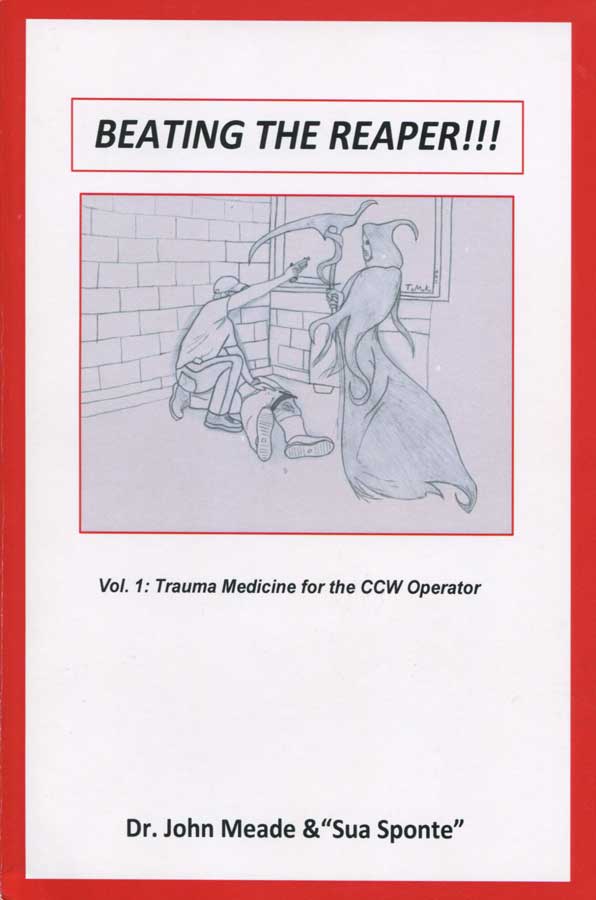Seemingly, one of the fundamental truths about a gunfight is someone will be poked full of holes. In case that person is you or a loved one, wouldn’t you like to know how to stop the bleeding and survive?
Beating the Reaper is a book that attempts to educate the average citizen how to address basic trauma problems associated with a violent encounter. The idea isn’t to turn you into a field surgeon. Rather, the concept is to give you the basic knowledge on how to keep someone alive until fire rescue/EMS can evacuate you to an emergency room.
Does the book succeed? That’s what I consider in this Beating the Reaper review.
What’s This Emergency Medicine Stuff All About?
Beating the Reaper: Trauma Medicine for the CCW Operator is a book title that immediately caught my attention. With all of the books on the market about shooting and self-defense, there are a scant few that deal with the reality of being injured in a violent attack. After reading this book, I wanted to review it here and share the information with you.
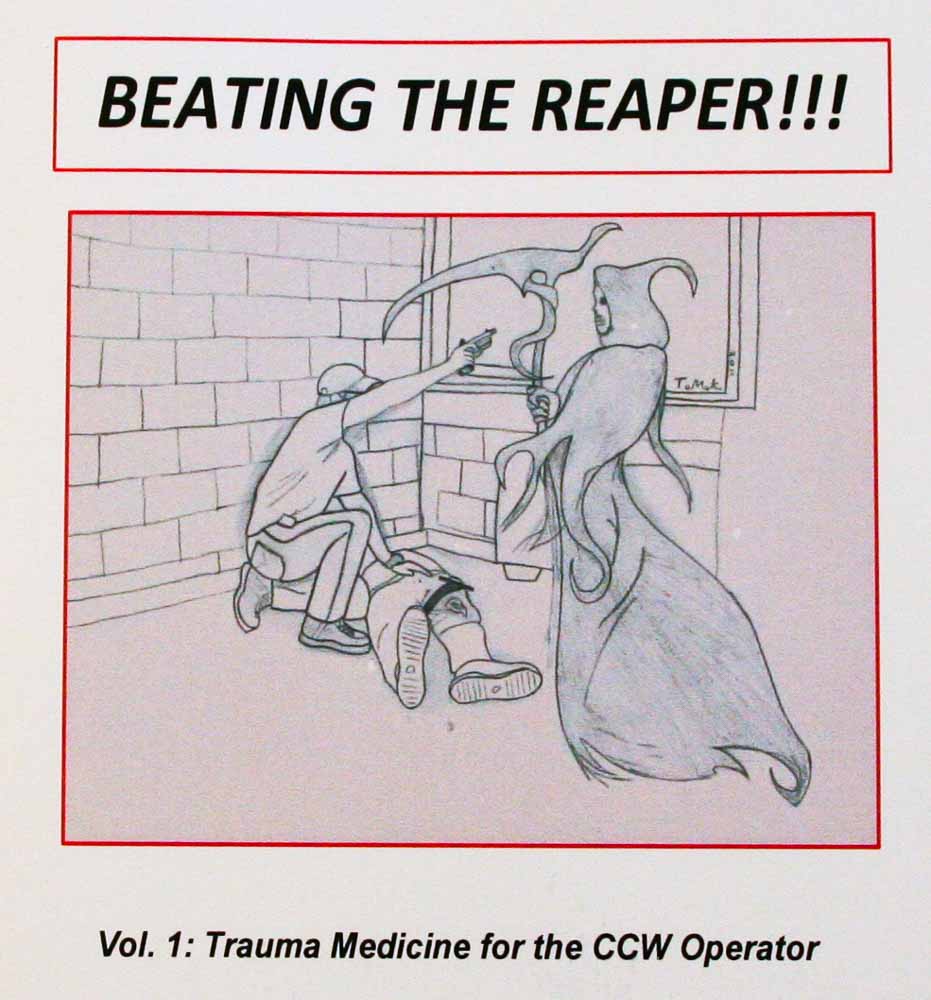
We all carry a firearm for self-defense. Why? Because we may be confronted with a life-or-death situation where the use of a gun can save our life. The use of that firearm is not in a vacuum, though. There is a very good possibility the person we are forced to shoot is also armed with a gun or other deadly weapon, and they may use it on you before you can stop them.
Winning a gunfight is more than putting more holes into the other guy. It means surviving! If you are wounded, do you have the skills needed to stay alive until help arrives? That is where Beating the Reaper comes in.
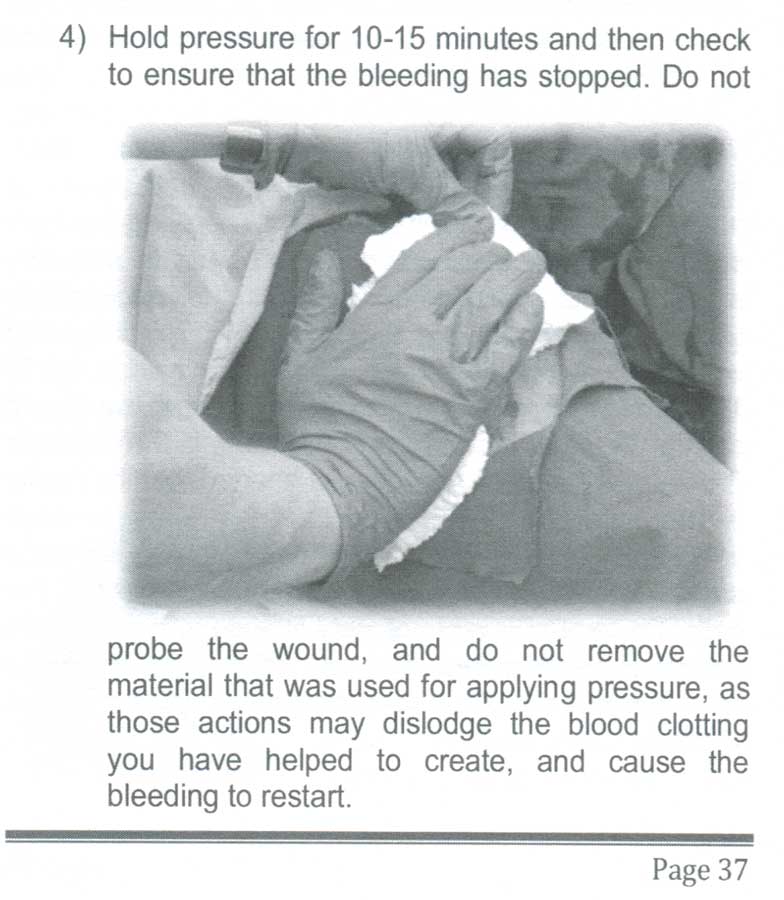
Beating the Reaper closely follows Tactical Combat Casualty Care (TCCC or T-Triple-C) protocols developed and used by the United States of America military in treating combat injuries. Though the mechanisms for injury may be different (how many civilians run into an IED or grenade attack?), the expeditious treatment of a gunshot wound or other major trauma can offer the same life-saving opportunity to the CCW citizen suffering an injury as it does to the soldier in some far-away hell hole.
The most common form of preventable death on the battlefield is uncontrolled hemorrhaging (bleeding) from a single extremity wound. This could be a gunshot wound to the leg or a stab wound in the arm. Consequently, a significant amount of tactical emergency medical services. It is conceivable that these kinds of injuries would also be commonly seen as a civilian who has been the victim of a vicious criminal attack.
Regardless of the cause, if massive bleeding can be rapidly controlled, the odds of survival dramatically go up. The authors cover how to address massive bleeding from an extremity and in other locations on the body.
Use of a Tourniquet to Control Bleeding
For those of you who have been through the typical first aid and first responder classes, you may be surprised to find out that early application of a tourniquet is recommended by the authors and the TCCC protocols in many cases. In the past, tourniquet use was frequently discouraged with its use being accepted only as a last-ditch option.
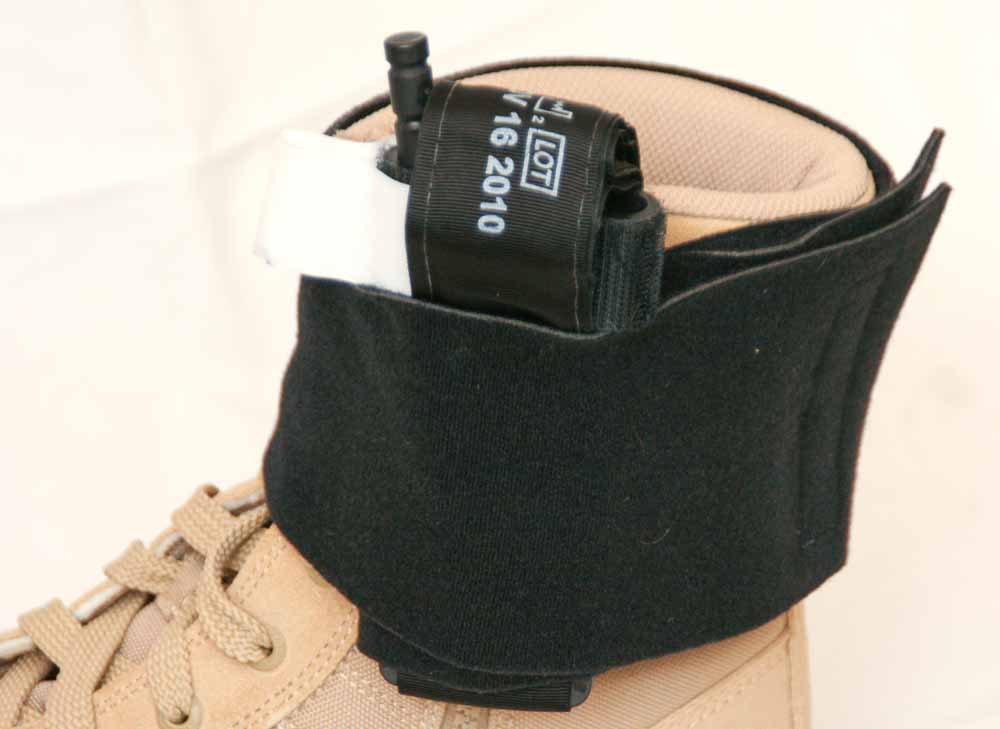
Using a commercial tourniquet like a CAT or SOFT-T, a person can rapidly control massive, arterial bleeding without placing themselves into significant danger of losing the limb. Beating the Reaper goes over exactly how to apply each of these tourniquets, and includes photos for clarification.
The authors also cover the use of pressure dressings like the Israeli bandage and hemostatic agents. Bleeding from areas not easily addressed by a tourniquet (like the head and abdomen) is also discussed.
Airway Management and Other Emergency Medical Concerns
But, bleeding is not the only kind of problem someone injured in a violent encounter. Airway obstructions, chest wounds, broken bones and shock are also discussed in this book.
The authors don’t teach this medical information without considering the tactical realities of combat. In other words, one of the first things discussed is the actual mechanics of a gunfight: putting rounds on target, light, movement and reloads. Only after stopping the attack can you pause and assess your injuries.
One of the TCCC principles is that medical aid is part of the overall tactical situation and that sometimes the best medicine is overwhelming firepower. To phrase it another way, trying to care for yourself or another before neutralizing the threat may cause you to receive additional wounds.
The photos throughout the book do a good job of demonstrating the techniques explained in the text. Some of the photos are gruesome, so those with weak stomachs should consider themselves warned. I’d hate to see the book cause more psychological trauma than it is curing. All of the pictures are in black and white, which does not detract from their illustrative benefit.
Beating the Reaper: Trauma Medicine for the CCW Operator is an excellent book for anyone who wants to survive a violent encounter. While an experienced 68W (if you have to ask – you are not) may not get a lot out of this book, for the vast majority of people, this is a superb starting point for building your knowledge and skills in self-care.
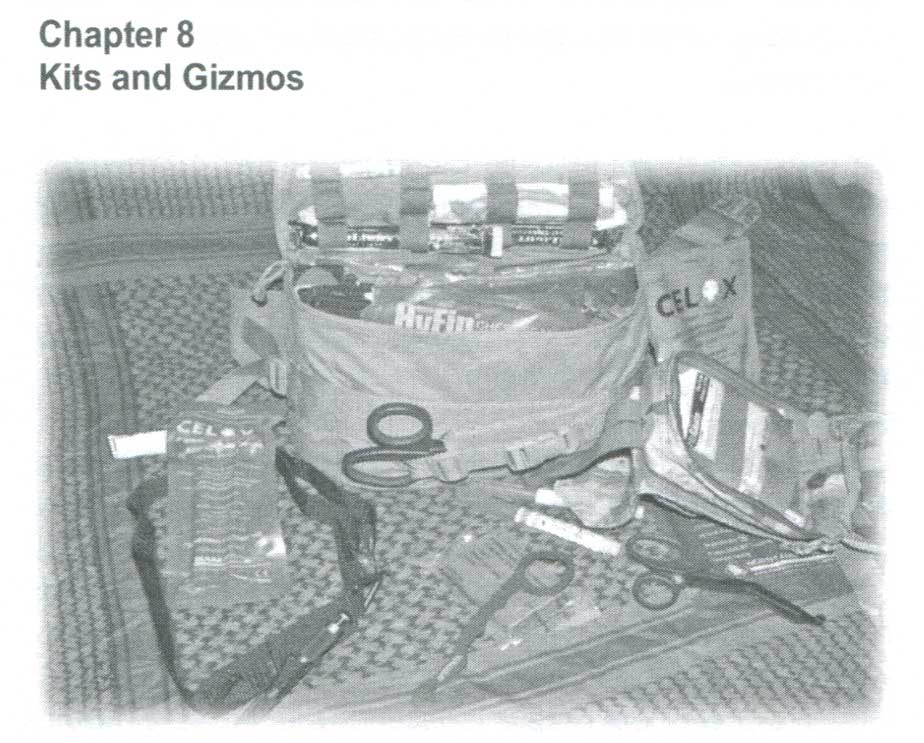
Knowledge beats gear every day of the week. However, knowledge plus the right gear is a much better position than either alone. I personally have a small kit in each of my vehicles and in my home that contains a CAT tourniquet, Israeli bandage and QuikClot Combat Gauze in addition to some other small items. This kit is easy to grab and get into for fast access in a bad situation. Many readers know that I am also a cop, and I carry a tourniquet on my person at all times when in uniform.
This gear is important, but the knowledge is essential. Beating the Reaper goes a long way to getting you the knowledge you need until you can get into a hands-on class.
About the Authors
Beating the Reaper was co-written by Dr. John Meade and Sua Sponte.
Dr. Meade is an emergency physician, EMS medical director, a reserve police officer on a SWAT team and teaches tactical medics on SWAT teams. Dr. Meade is also the Director of Tactical Medicine for Suarez International. He provided me with some of his personal background information that was off the record. It is impressive, and I feel confident that he has a good grasp on what people in the field need to do to stay alive long enough to make it to a medical facility and “beat the reaper.”
Sua Sponte (a pen name) is an active-duty special operations medic with extensive experience overseas. Although I do not know much about this person, Meade is comfortable with his qualifications. His current duty assignment would seem to give him sufficient credibility on this topic. Both authors appear to be well qualified to teach basic trauma self-care.
Final Thoughts
Beating the Reaper is not a slick book, and the low-resolution photos can be difficult to make out. However, I find these issues minor compared to the life-saving information it offers. For less than $20, this book offers essential information that you may need to save someone’s life.
Getting shot in a violent confrontation is an awful situation and one that would require the information in this book to survive. Think also about the more common happenings that you may run into – an amputation or impalement in a traffic accident, your buddy falling from a tree stand while hunting or one of your kids slashing open a leg on a broken window. These skills can save a life in all of those incidents.
Click here to get your copy of Beating the Reaper.
Last Update: August 8, 2024
Beating the Reaper Disclosure
You are entitled to know the biases and motivations behind any review to watch or read. Yet, too few writers and YouTubers give you this basic information. I’m afraid this includes the gun industry folks.
Looking around, you might see a lot of “sponsored reviews” out there. These are articles that have been paid for (directly or indirectly) by the manufacturer for placement on that site. How honest do you think those reviews are going to be about the product being evaluated?
Here at GunsHolstersAndGear.com, I will always disclose to you any biases that might impact a review. I willingly do this and do not hide them. You deserve to know the truth.
I was approached by one of the authors, Dr. John Meade, to see if I would be interested in reviewing the book. I agreed and Meade sent me a book to read. Meade did not ask for a positive review, nor did I make any promises of one.
Neither Meade nor anyone else associated with the book offered compensation for this review.
GunsHolstersAndGear.com is a for-profit website. I do not charge readers a dime to access the information I provide.
Instead, I provide links to companies like Amazon and Palmetto State Armory that you may use if you like. These links take you to the products mentioned in the article. Should you decide to purchase something from one of those companies, I make a small commission.
The links do not change your purchase price. I do not get to see what any individual purchases.
Questions or comments? Please leave them in the section below. I ask that everyone remain civil if not polite. I am running a website that I would like to be family-friendly. Thanks!
68W
Earlier in the article, I reference 68W or 68 Whiskey. This is the military occupational specialty, or MOS, for the United States Army Combat Medic. These soldiers deliver emergency medical care in the field – often under fire – to wounded and injured soldiers in combat zones. They also insist you drink water and change your socks. Bottom line: they are heroes.
